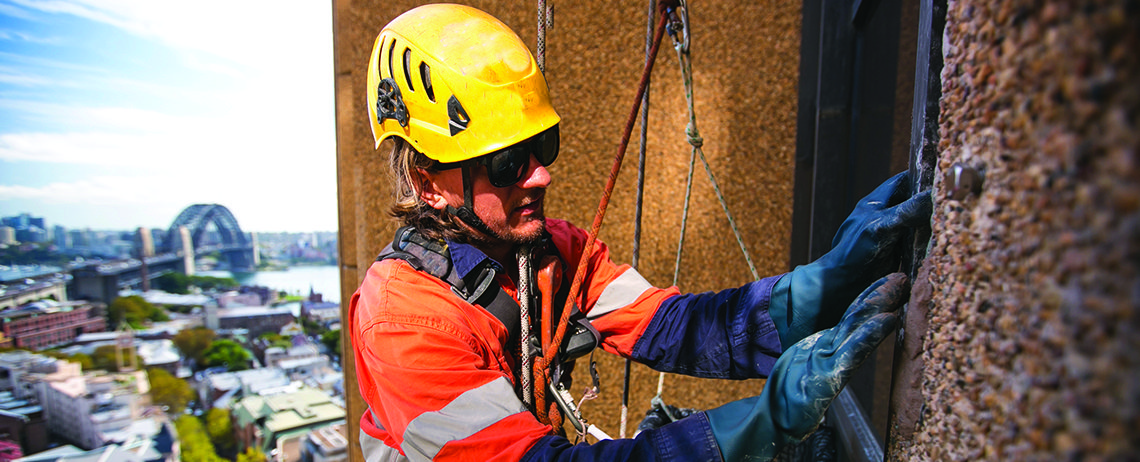What it’s Like to Risk Your Life at Work Every Day
SafetyCulture News | By | 15 Oct 2018 | 2 minute read

At the start of every shift, Chad Francis drops into a pit between 240 and 365 metres below ground that is held up by a system of scaffolding, bolts, straps and glue.
“That’s a lot of cover over the top of you,” says the 39-year-old West Virginian coalminer. “As time goes by, there’s a lot of air moving through the mines. There’s the chance of earth caving in, and we a have fire boss checking for gas, especially methane. All it takes is one spark and the whole mine will explode.”
Working in the most deadly role in the mining sector for the past 15 years, Francis says the short-term dangers of the job are compounded by black lung disease, which is believed to affect about 10 per cent of long-term coalminers in the United States. But day-to-day, he says he has few worries as the industry is well regulated. “And everyone watches each other’s backs—it’s a brotherhood.”
Taking on turbines
As jobs like Francis’s are being phased out as renewable energy booms, wind turbine technician is becoming one of the fastest-growing occupations in the US. But while the turbines provide clean energy, they also pose a whole new set of risks.
Iowa wind-tech worker-turned-trainer Mike Gengler says worrying on the job can be a good thing because it helps workers stay focused on dealing with hazards including electrical and mechanical injuries, fires, falling objects and falls from turbines.
“We generally work in remote areas and we have to rely on our training to deal with any problem that comes our way because help is not always close by,” he says. “I’ve been to wind parks where the nearest hospital was a helicopter ride away.”
Being prepared is key to mitigating risk. “Engineering a solution to prevent a hazard, like putting up a protective guardrail, is the best option, but it isn’t always practical in a wind turbine,” Gengler says.
“Knowledge is still power. A piece of paper cannot prevent me from doing something the wrong way, but policies help us in recognizing hazards and making informed decisions. If all else fails, we have personal protective equipment. It doesn’t prevent an accident but it helps limit the effects it will have.”
Scaling towers
Protective equipment is the name of the game for Florida native Thomas Wood, 39, who has been working in maintenance of mobile-phone towers for five years. “We had a crane fall over on site in 2016,” Wood says. “I was on the ground that day but we did have two guys on the tower, and it freaked me out working with cranes for a while.”
Mother Nature also delivers regular challenges. “I’ve been attacked by bees, and birds get really aggressive in nesting season, so much so that we have to stay off the towers with active bird nests during those times.”
As much as some may be amused by avian attacks in the workplace, Wood takes his safety very seriously. “I help new personnel make safety their number-one priority,” he says. “The last thing anyone wants to do is tell someone’s family they won’t make it home.”
For Wood, however, there’s one job far scarier than climbing a 100-metre-high pole to change a lightbulb. “I could never sit at a desk all day!” he says.
Important Notice
The information contained in this article is general in nature and you should consider whether the information is appropriate to your specific needs. Legal and other matters referred to in this article are based on our interpretation of laws existing at the time and should not be relied on in place of professional advice. We are not responsible for the content of any site owned by a third party that may be linked to this article. SafetyCulture disclaims all liability (except for any liability which by law cannot be excluded) for any error, inaccuracy, or omission from the information contained in this article, any site linked to this article, and any loss or damage suffered by any person directly or indirectly through relying on this information.





